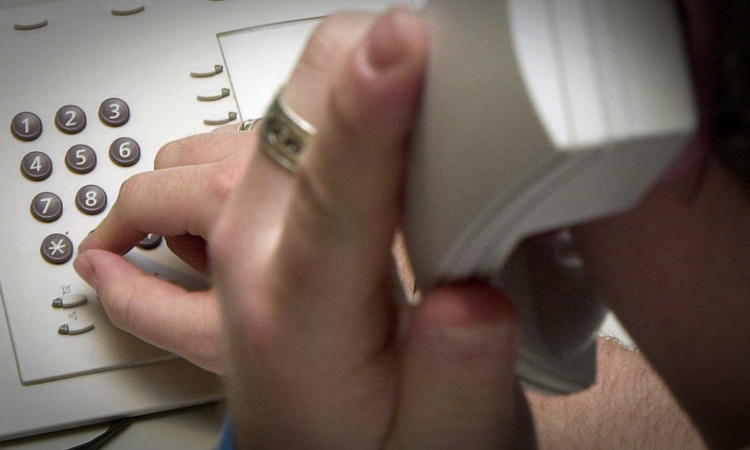A “terrifying” number of nuisance calls are being made to an increasing number of Angus residents four times the national average.
But moves are now afoot to offer a measure of protection against a silent menace to the area’s most vulnerable.
It is estimated 3.5 million unwanted telephone calls are made to Angus addresses each year.
The chairwoman of Angus Adult Protection Committee, a multi-organisation body set up to promote the safety of adults at risk of harm, said the scale of the problem is increasing in the county.
Margaret Wells said: “It’s quite terrifying when you see the scale of it, and the fact elderly people are more vulnerable to it.
“The trouble is that once people are added to these lists, the calls come flooding in.
“It can be frightening and impossible to manage after it starts. We don’t want to just scare people there are places to approach.”
Angus has a larger proportion of older adults in its population than most Scottish local authorities, a number growing more rapidly than the average.
Brian Smith, the joint lead officer for crime and disorder at the Trading Standards Institute, presented a report to the council.
It was based on the institute’s findings as part of the council policy to “protect vulnerable adults from financial harm.”
He said: “Our major concern in this area is the fact that mixed in with unwanted calls is the dark hand of organised crime.
“Who can afford to set up things like call centres, or send out 200,000 letters? It’s properly organised criminals who are doing this.”
The local authority introduced the “doorstoppers initiative” in 2005 to address cold calling on the doorstep, and the Think Jessica initiative was introduced to address mail scams in 2011.
A new project, the first of its kind, was set up at the end of last year to address cold calling in Angus.
The trial was “extremely successful” and found around 40% of the calls received by older and vulnerable residents were nuisance calls.
One of the technologies used during the trial, trueCall, blocked more than 95% of the nuisance calls. The small box plugs in between the customer’s existing phone and the telephone socket.
Callers whose number is on the trusted caller list are let through, and those on the block list hear a message telling them not to call again.
The council will now investigate how call-blocking technology can be provided to its most vulnerable citizens. It will also raise awareness of the technology.
The council’s spokeswoman on consumer protection, Councillor Mairi Evans, said: “This is a groundbreaking piece of work that had implications for councils, the health and social services service as well as enforcers and regulators across the UK.”
The study’s first phase monitored the calls being received by residents but did not block any.
During the second phase, residents were issued with a trueCall unit.
Ofcom’s latest research shows the average household receives seven nuisance calls per month, whereas residents in this survey received more than three times as many.
It was also found the most vulnerable residents received 23% more nuisance calls than less vulnerable residents.
All participating households contained a vulnerable adult, some with dementia, along with at least one adult able to give feedback.
A joint working initiative in 2012 was finalised in May this year with Angus Council’s Policy on Financial Harm.
Mrs Wells said, before any intervention from other sources, there are resources that people can use to protect themselves.
Mrs Wells urged people to contact the council’s trading standards on 01241 435600 or 08452 777778.
